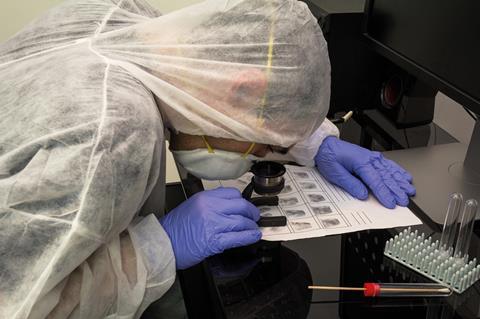Bridging the knowledge gap for lawyers and medics
Mason’s Forensic Medicine and the Law (7th edition)
Helen Whitwell, Katy Thorne KC, Alexander Kolar, Paul Harvey
£130, Bloomsbury Professional
★★★★★
As a personal injury lawyer specialising in fatal accident claims, I am indebted to the person who first introduced me to Mason’s Forensic Medicine and the Law. This text, which would also benefit those practising criminal law, family law and clinical negligence, bridges an important knowledge gap for legal practitioners whose work engages with the world of forensic medicine.
Forensic evidence can make the difference between a person being found guilty or not of a criminal offence; it can determine the liability of parties in civil claims; and it can influence the court in making orders affecting contact in family law cases. Clearly, the stakes are high.
Yet there are two complex and distinctly differing languages being used in the courtroom: that of the lawyer, trained in legal systems and the progression of cases for the benefit of their client; and the expert, versed in human anatomy and bodily systems. This text unites the interests of legal and medical practitioners, promoting both the lawyer’s ability to get the most out of their expert, and the expert’s ability to provide their evidence in a way that will best assist the court.

Content is clearly written, and chapters organised logically, empowering readers to derive substantive knowledge of human anatomy and physiology, the identification of injuries and their mechanism, autopsy procedure, and the interaction between forensic medicine and the legal system. The generous use of diagrams is welcome, as are summary boxes at the end of detailed or complex chapters. Signposting to additional resources adds value for the user grappling with particularly fine or complex points, and the helpful appendices make this a text even more likely to become a trusted reference.
Appendix A, a ‘guide to medical terminology’, demonstrates the authors’ approach of encouraging the reader’s genuine understanding. Rather than listing every medical term and its lay translation, tables are provided with common prefixes, suffixes and their meanings. For example, we are advised that the prefix ‘Epi-’ means outside (for example, epidermis) and that the suffix ‘-megaly’ means enlargement (in, for example, splenomegaly [the spleen]).
Appendix B summarises medical and dental qualifications in the UK (past and present), allowing for better interpretation of an expert’s CV when instructing them, or responding to their evidence in a medico-legal or forensic setting.
Coupled with knowledge gleaned from earlier chapters, lawyers using this text will be well placed to choose the right expert and effectively translate and interrogate their evidence along with the evidence of other parties in the proceedings.
This revised 7th edition includes significant additional content and addresses the legal, medical and scientific developments that readers will need to be aware of. Appropriately described as the leading work on forensic medicine and the law in the UK, I would highly recommend this text to legal and medical professionals alike.
Roisin O’Dubhlaoidh is a solicitor at RWK Goodman in Bath





























No comments yet